by Logan Wood
For over a year, society worldwide has been flipped upside down by the COVID-19 Global Pandemic. Declines in mental health ensued. Now, vaccine distribution is on the rise, and quarantine restrictions are being lifted, so the reality of reentering society is finally here. However, reentering society may result in increased anxiety levels—which is to be expected after a year of social isolation.
The COVID-19 Pandemic has been associated with mental health challenges related to the morbidity and mortality caused by the pandemic and to mitigation activities, including the impact of physical distancing and stay-at-home orders. According to the Centers for Disease Control (CDC), anxiety disorder and depressive disorder symptoms increased considerably in the U.S. during April-June of 2020, compared with the same period in 2019. Now, reentering society while the pandemic is ongoing presents whole new anxiety as the brain quickly adapts to another new way of life.
To overcome some of this anxiety, try easing into re-entry. The easing in process will be relative to the fear. For instance, start by taking a walk with a mask around the neighborhood if leaving home feels like too much right now. Then, try chatting with a neighbor while maintaining social distancing. If leaving the house hasn’t been a hurdle but being in crowds is still overwhelming- try hosting a small gathering of friends at a local park or somewhere outdoors where social distancing can be maintained instead of a crowded event indoors. This reintegration will act as a form of exposure therapy that gradually exposes an individual to a source of fear, thereby alleviating the fear.
Also, start the reintegration process soon. If something causes anxiety, then confronting the issue sooner rather than later is best; that way, the anxiety doesn’t linger and worsen. According to Bancroft Neurorehab, further social isolation can have short-term health implications and impact mental health long-term. So, the sooner reintegration occurs, even if minor, the better. Not to mention, regulations surrounding COVID-19 are changing state rapidly by state, with over half of U.S. adults being vaccinated. Some states have even lifted restrictions completely. With the inevitably of the country reopening, start planning to tackle this transition.
Another way to manage re-entry anxiety is to focus on the facts to help you make informed decisions. Look to trusted sources for COVID-19 information and recommendations such as the CDC, state and local health departments. Also, check these trusted sources frequently as changes can be made daily. There may even be an opportunity to sign up to receive alerts to a smartphone or email regarding COVID-19 updates.
In addition, while it may seem obvious, practice self-care. Get a good night’s rest, eat a healthy diet, exercise regularly and socialize with friends and family. A person’s basic needs must be met if there is any hope to relieve anxiety and stress. It’s easy to abandon these core principles when feeling overwhelmed. But that is the very time when sticking to these basic needs is most important. Try not to fall into the trap of unhealthy coping mechanisms such as leaning on alcohol or other substances. A substance may seem helpful at the moment, but they are likely to increase anxiety and adversely impact brain health in the long term.
Another way to support your emotional health is by practicing mindfulness. Mindfulness can be a great way to combat re-entry anxiety. Mindfulness is the practice of nonjudgmentally acknowledging emotions. Mindfulness practice can help reduce anxiety symptoms and enhance emotional well-being. An example of a mindfulness-based practice is breathing exercises that activate the parasympathetic nervous system linked with relaxation, allowing one to feel more grounded and calmer in everyday life.
If re-entry anxiety becomes excessive or starts interfering significantly with one or more areas of life, it may be time to seek professional help. There is effective, evidence-based treatment for anxiety disorders, and professional help is more accessible nowadays with the option of telehealth.


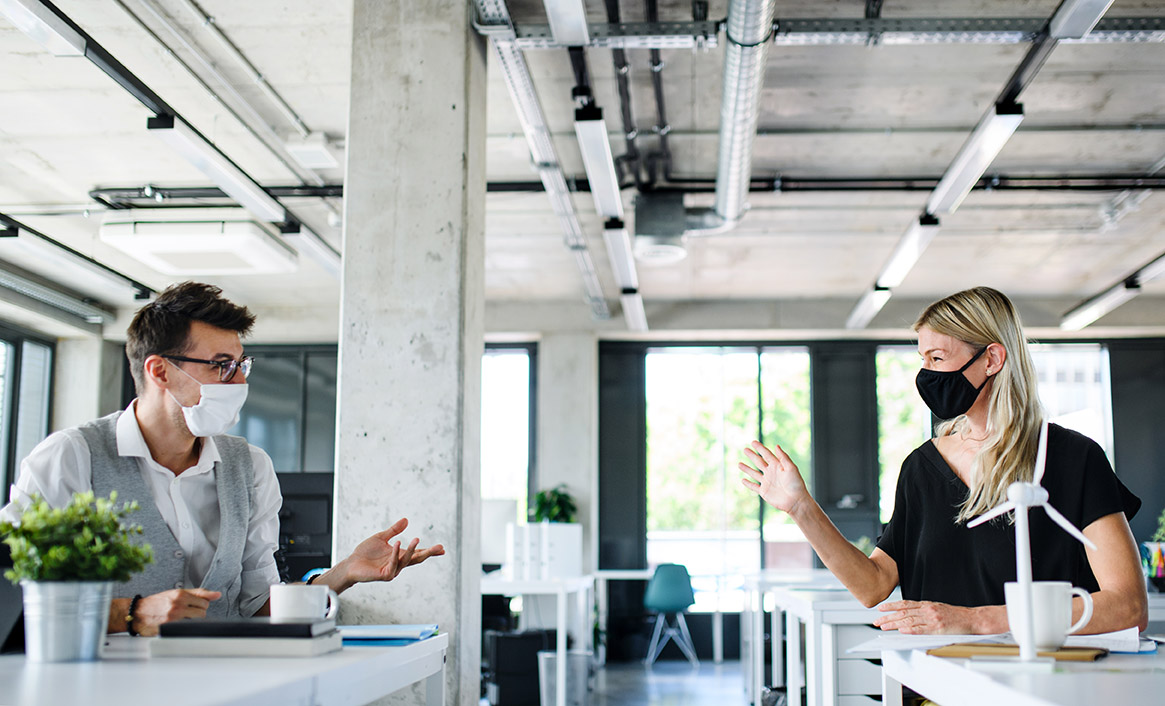
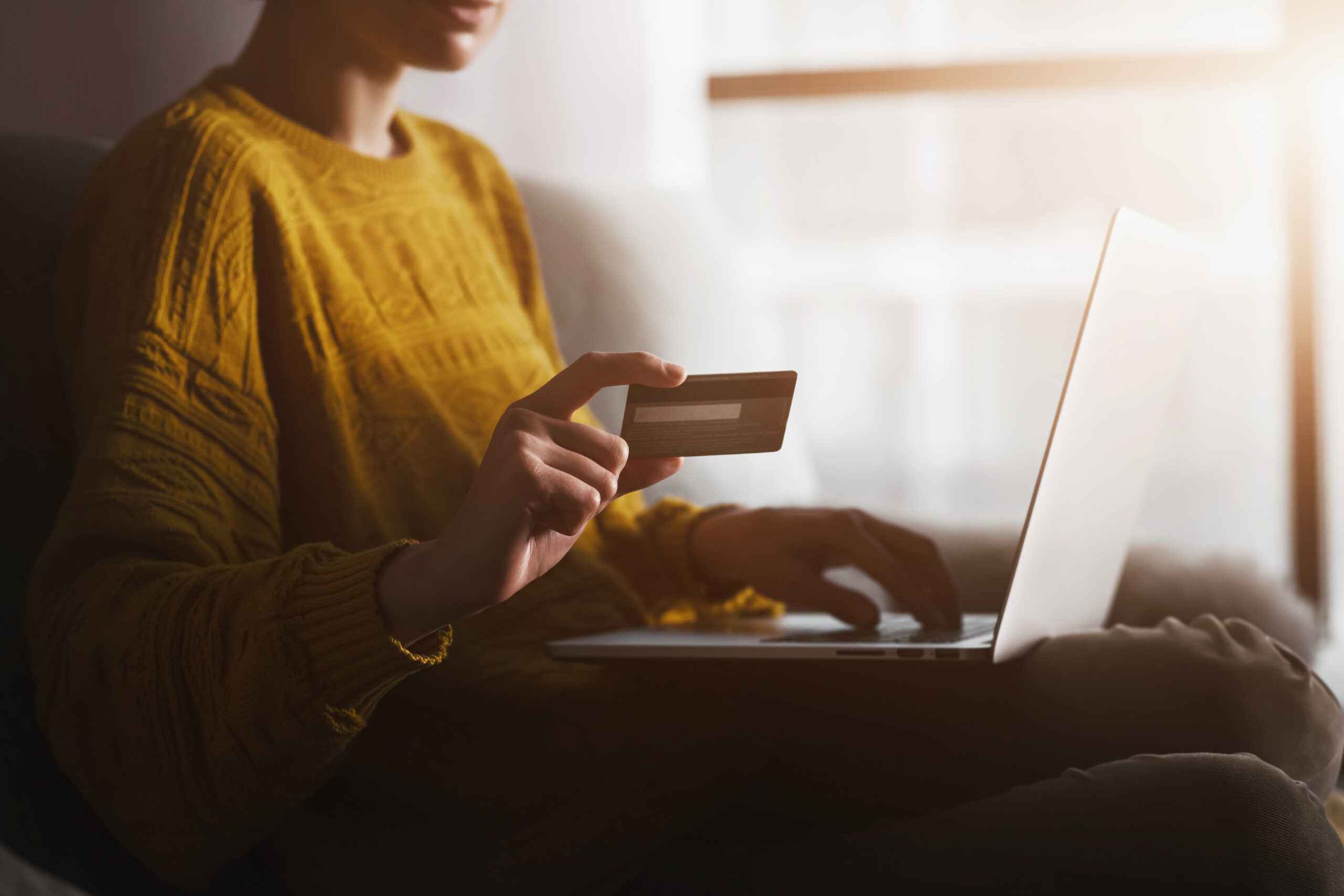
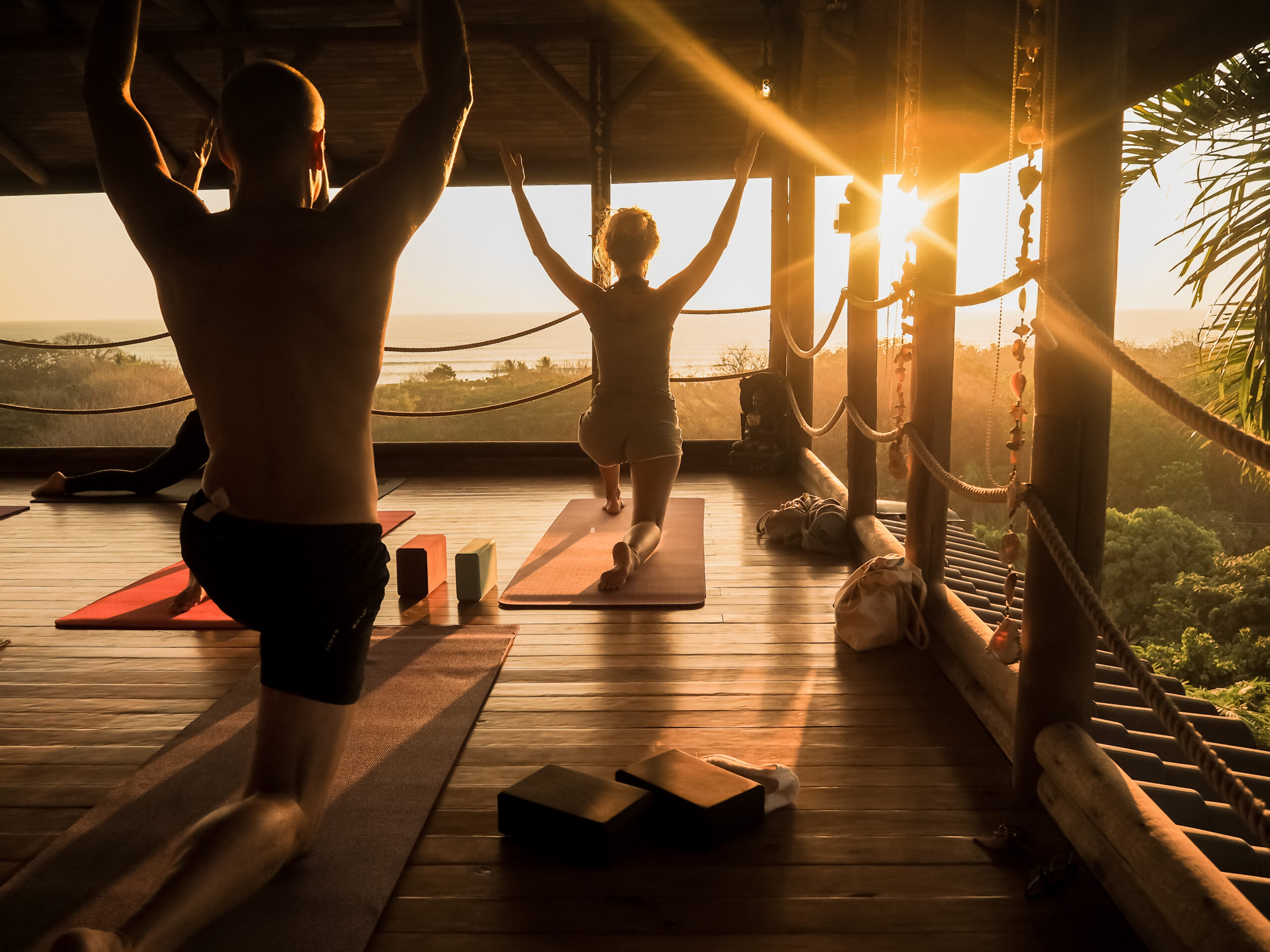
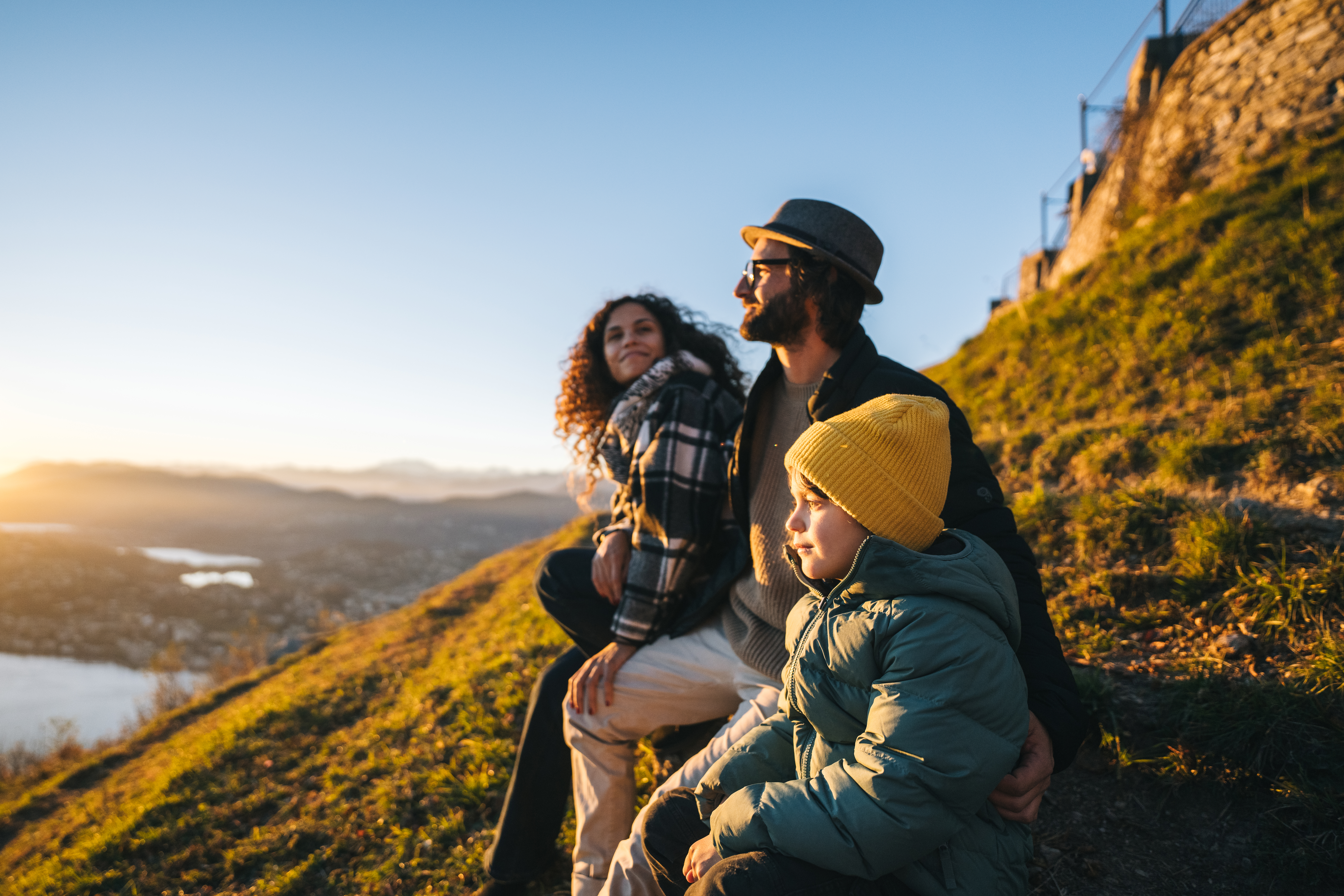
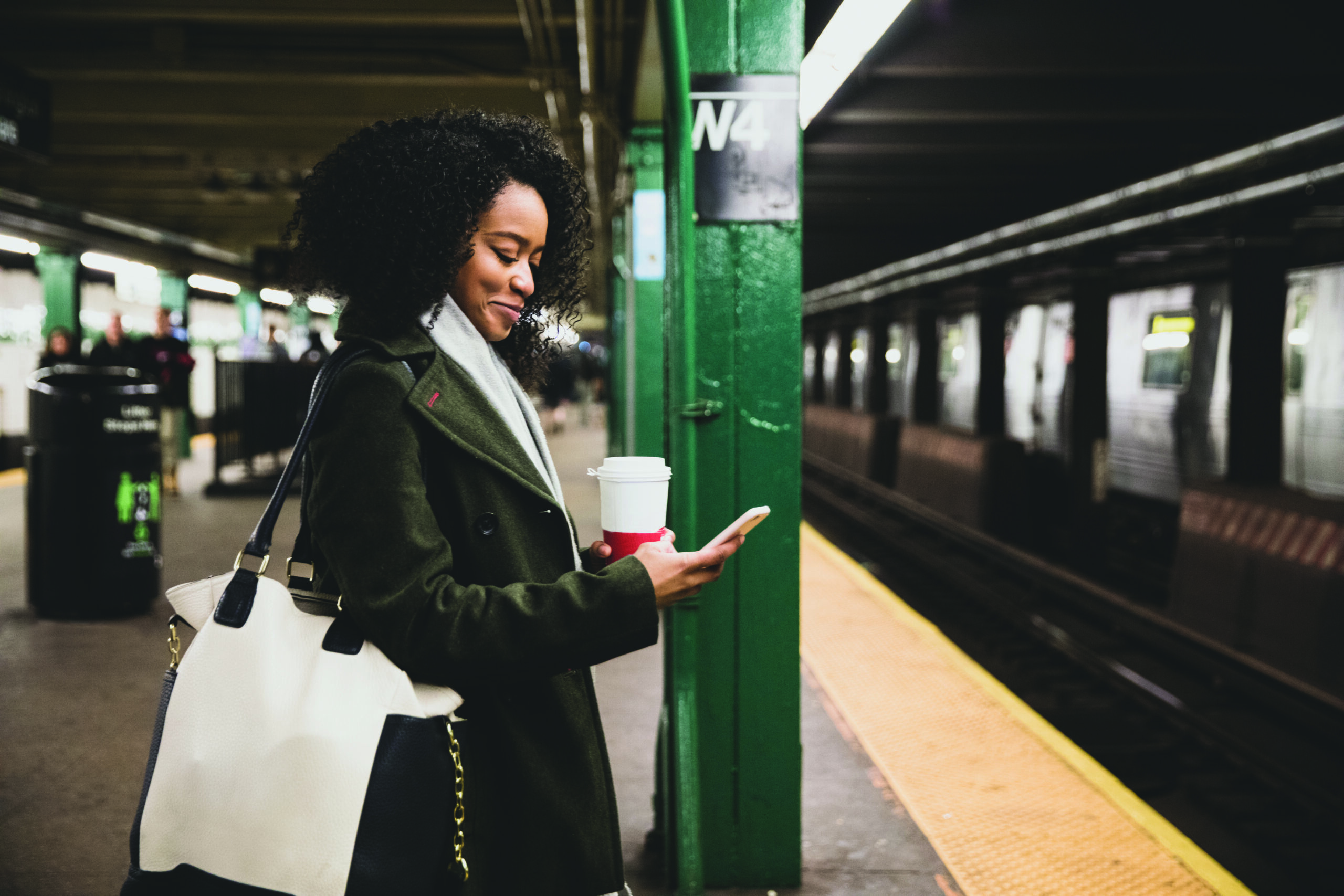

Leave A Comment